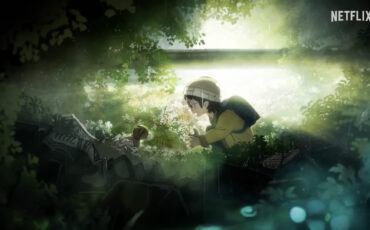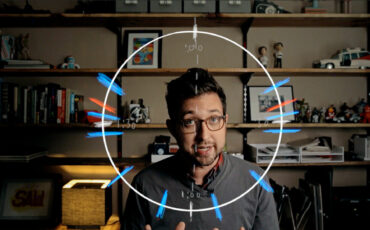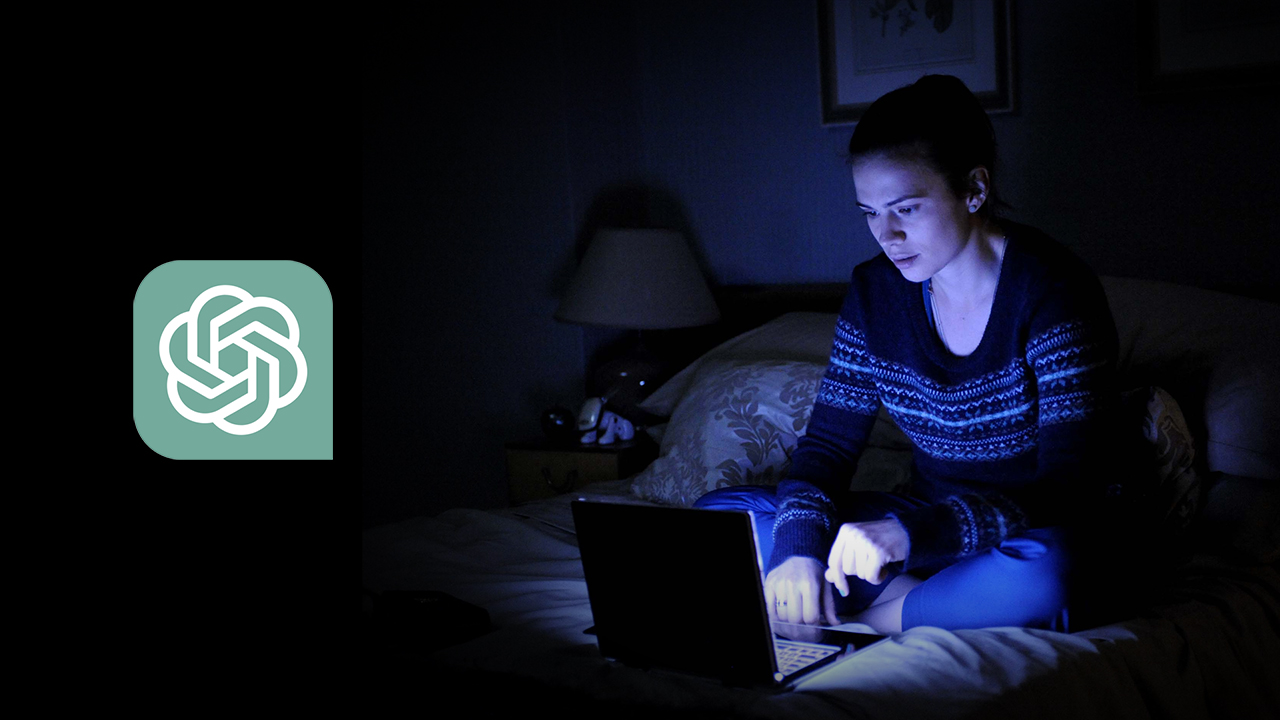
If someone had told me years ago that robots were going to structure my chaotic thoughts within seconds and give instant feedback to my scripts, I would have rolled my eyes. Well, welcome to the future, doubting Thomas! The internet is almost bursting with different showcases of the so-called ChatGPT, an AI-based application that reached 100 million users in two months after its release. Surely, you’ve already heard how its neural network can solve difficult math problems or train just about anyone for any job interview. In this article though, we would like to take a look specifically from the filmmaker’s perspective and explore how to use ChatGPT to support your writing.
We’ve already talked about creating artistic mood boards with help of AI, but this time around let’s play with text and stories. Below you will find a bunch of original tips on how to integrate ChatGPT into your workflow and turn it into your personal writing assistant. Whether in creating film concepts, organizing your notes, or researching for a video project. Use them wisely and please don’t replace your creativity with artificial intelligence. Augment it!
What is ChatGPT and how to use it?
ChatGPT is a large language model which is capable of holding human-like text conversations. Trained by OpenAI (the same company which made DALL-E) on the vast amount of data, it is constantly evolving and learning from its users. Developers call this stage “free research preview”, so it doesn’t cost anything – at least, for now.
The only thing you need to get started is to register for an account here. After logging in directly in the browser, you’re good to go and experience strong Black Mirror vibes. Just use the text bar at the bottom of the page to chat with the neural network. Type in any questions or tasks you want some help with, and after mere seconds you will get an educated response.
Adventure Filmmaking with Russ Malkin
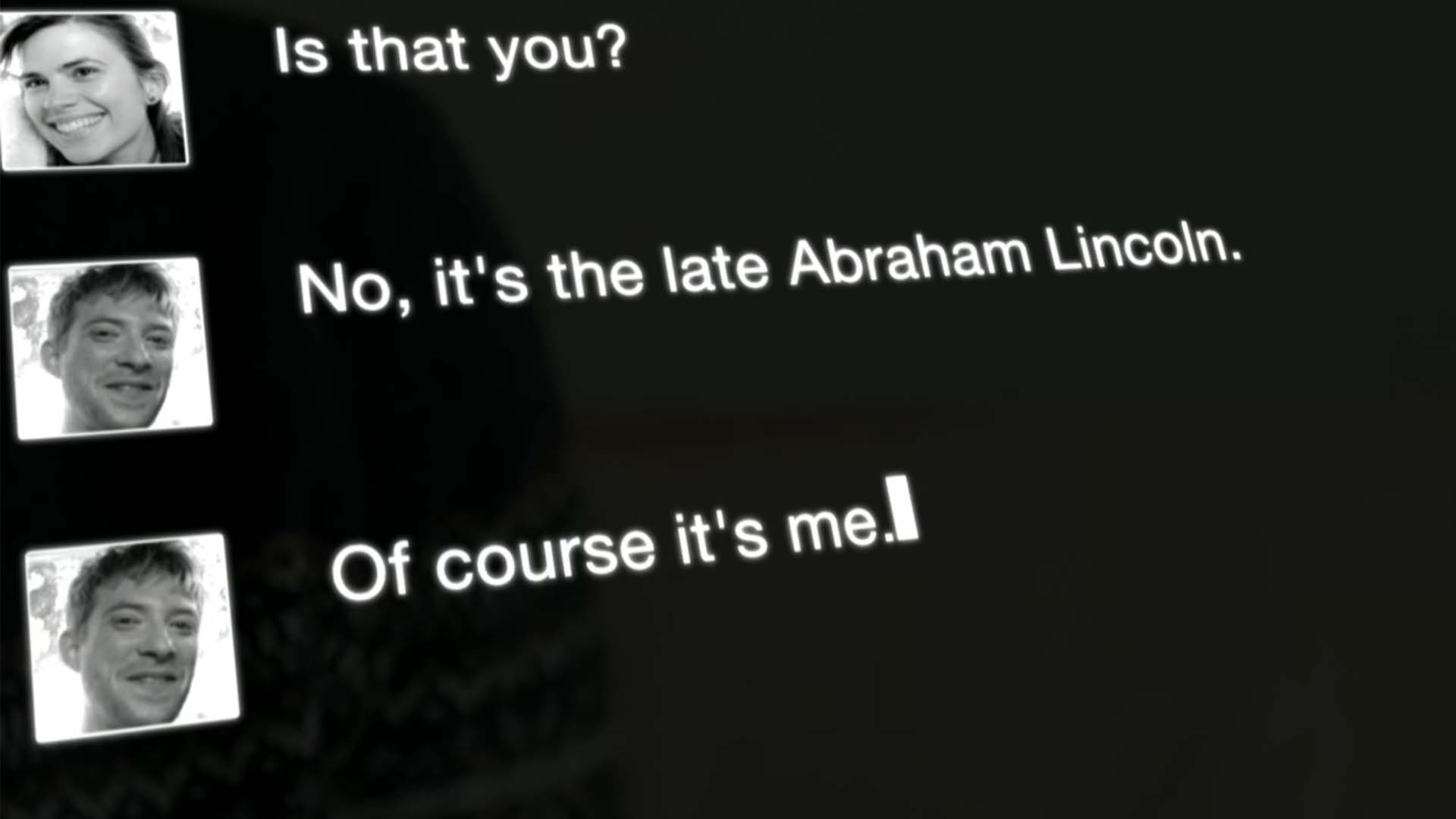
In case you don’t know how to formulate good prompts, there are entire communities out there that can provide you with ideas and suggestions. Like this one on GitHub. The sky is really the limit here! You can ask ChatGPT to act as a magician or a life coach, write a poem, or interpret your dreams. And it will do it. Quite exciting and also intimidating, to be honest.
Finally, please beware that the AI language model uses your conversations to learn further from human knowledge. So, stay away from posting anything too sensitive or personal. On a side note, I also try to be polite in these conversations. Just in case we land in one of Isaac Asimov’s scenarios someday.
ChatGPT as a starting point for a creative concept or new script
If you are a storyteller or a concept creator, you’re definitely familiar with the fear of the blank page. Starting out is always difficult even for an experienced adventurer, who’s gone down this path hundreds of times before. What usually helps, is to fill your opened document with rough ideas or first notes on the project. That’s exactly what ChatGPT is perfect for.
Let’s say, I got an assignment to write a short commercial script for the freshly announced beginner camera drone DJI Mini 2 SE. To help overcome the anxiety of endless possibilities, the chatbot can either suggest a couple of different concepts, define several loglines or even draft the first version of the screenplay.
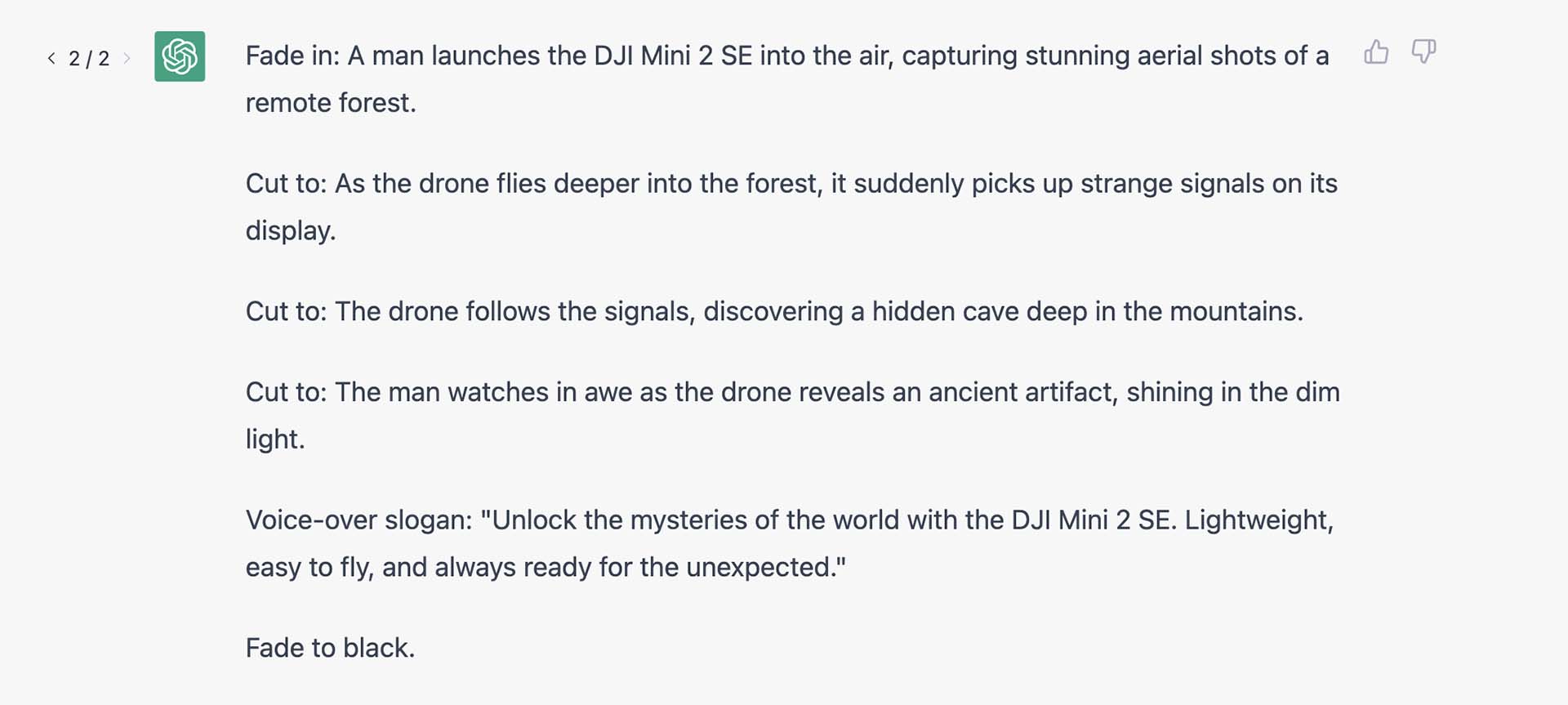
As you see, this is by no means a compelling storyline or a particularly elegant idea. And of course, I wouldn’t use it as a final video concept. But the creative process has been launched – so, mission accomplished. Also, you may find some of the suggested elements inspiring. For example, how about a “discovering a hidden cave in the mountain with a tiny drone” plot twist?
Creating mind maps for video research with ChatGPT
A less obvious feature of ChatGPT for filmmakers is to assist you during the research phase. To give you an idea, one of the main characters in my future story has a rare condition called aphantasia. So, I put this term into the text box and asked AI to create a mind map of topics connected to it with further research questions and brief answers. What I got back was a long, structured bullet list (see an extract below) consisting of 4 main ideas with 2-3 sub-ideas each:
- Main Idea 1: Understanding Aphantasia
- Sub-Idea 1: Definition and Characteristics
- Questions to Research: What is Aphantasia and how is it diagnosed?
- Brief Answer: Aphantasia is a rare condition where a person is unable to visualize images in their mind’s eye, also known as having a “mind’s eye that is blind”. It is diagnosed through self-reported measures and cognitive tests.
Could I make such a mind map myself? Sure. How long would it take me? Perhaps an hour or two. ChatGPT managed this task within seconds and came up with some awesome guidelines I wouldn’t have thought about. Now I can decide which questions are important for the story and worth taking a closer look at.
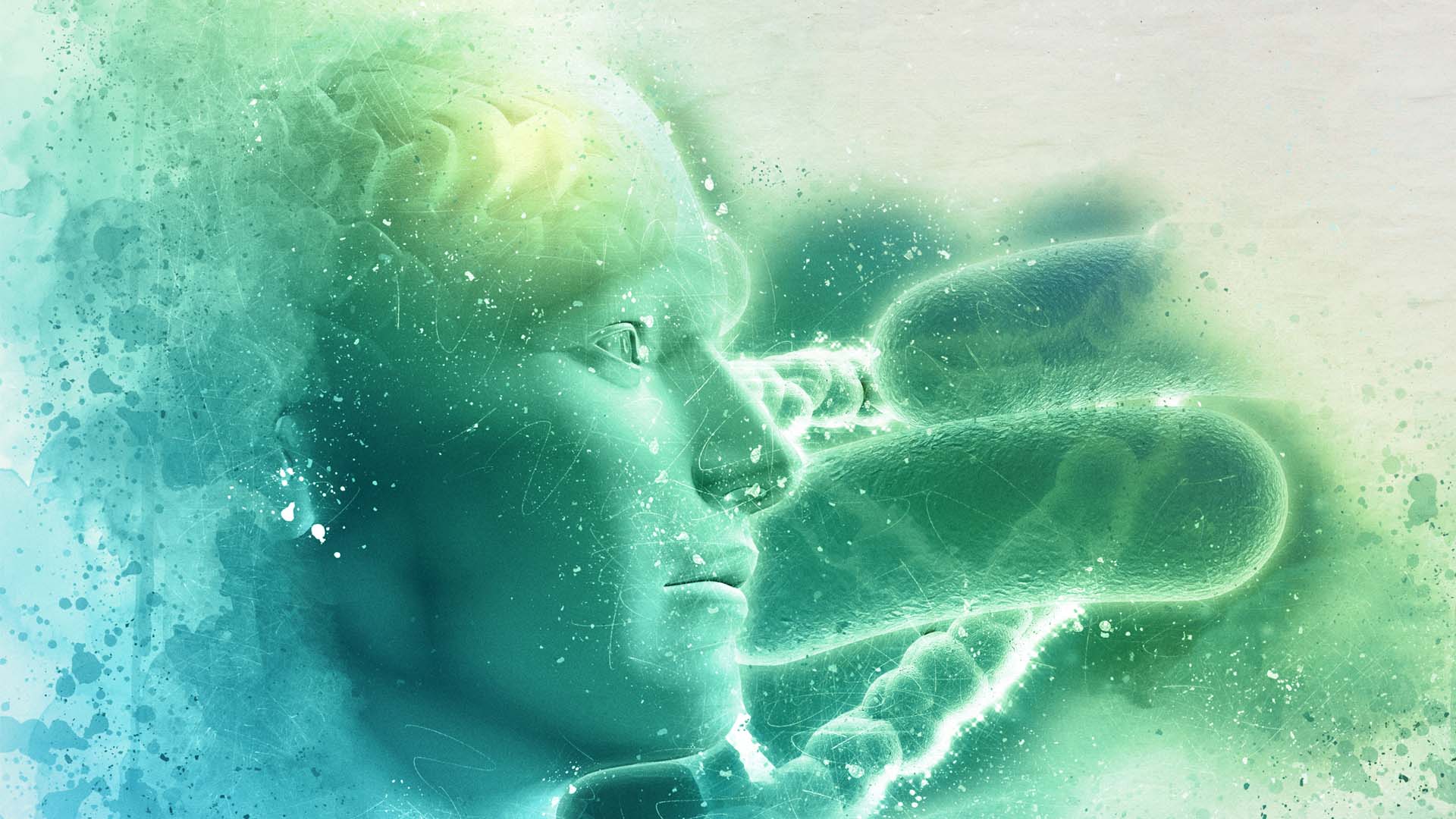
Structuring your ideas into short and clear bullet points
I guess, every creator sometimes finds themselves lost in a jumbled mess of thoughts and chaotic ideas. If you ever felt overwhelmed by your own concepts, welcome to the club. This is also where I see the biggest potential behind ChatGPT for filmmakers: helping with structure and bringing us back on track.
To test this function, you may copy-paste as much text as you want in the chatbox (or just insert a link to the google document you’re referring to) and ask the neural network to turn it into organized statements, based on what you need to achieve. If it is a bunch of messy rough notes on a character, let ChatGPT outline their wants, needs, fears, and stakes (and don’t forget to provide it with a short explanation of what each of these terms means to you). A 20-page treatment where you lost the direction after the midpoint? Ask AI to analyze and summarize it in 1-2 lines. For the sake of this experiment, I uploaded one of my short scripts and requested a classic suspense curve. The results were stunning and gave me a bitter insight that the climax moment should have been set earlier in the story.

A beta reader and a sparring partner for an idea development
There’s no denying, that once in a while every writer needs input from outside. Don’t get me wrong, I’m not suggesting you replace your loved ones with an AI. Yet, if your beta reader is not within reach, ChatGPT can become a quick relief because of its ability to engage in dialogs. Oftentimes, just one right question helps you get a new perspective.
In the following example, this prompt was used: “I want you to act as a beta reader for a story I’m developing right now. I will post a short treatment below. Please, ask me questions about it which can help me see the problems in this story from another perspective. You will ask questions one by one and wait for my answers. Do not post the whole conversation at once.“ Afterward, I pasted in the story treatment, and in a blink of an eye, a new sparring partner challenged my ideas.
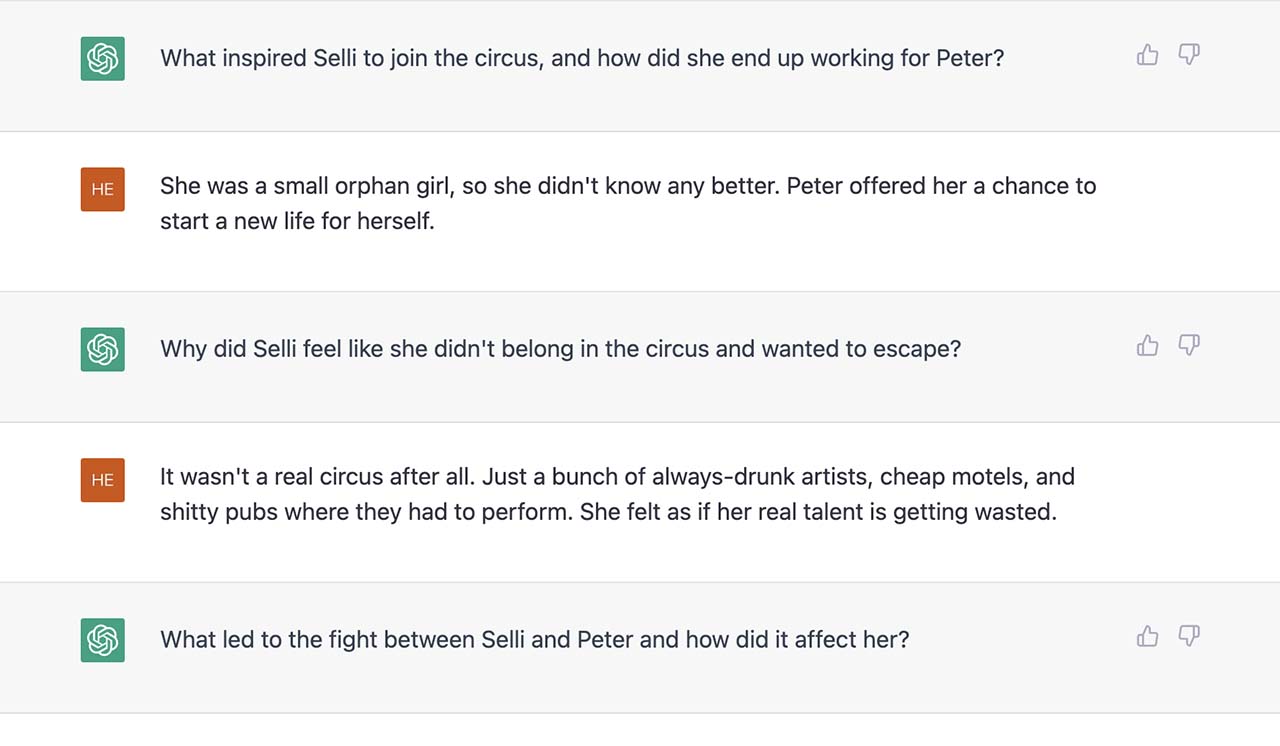
Downsides of ChatGPT
- ChatGPT is very popular right now. Sometimes, its capacity comes to a limit, and users cannot access the chatbot. As a solution, OpenAI has recently launched a Plus membership which allows unlimited access without blackout windows and with faster responses. But of course, you have to pay not so little $20/month.
- The training data of this AI goes up until 2021 so it won’t be able to help you with any information that happened afterward. Also, it is not connected to the internet and has no idea, what today’s date is. This could be irritating, if you want it to help with research on a recent topic.
- In spite of its constant development, AI tools are not flawless. You cannot take ChatGPT answers at face value. Firstly, this language model is still learning. Secondly, even the most intelligent sources can provide false information. Always double-check the responses you get if they should serve as important facts in your story.
Conclusion
I don’t think, it’s acceptable to replace your own creative work with AI-generated content. That would neither be fair nor helpful for our industry in the long-time term. Besides, it’s like stealing the most divine and illuminating moments of inspiration from yourself and not letting your personal visions be seen by the world. Weren’t they the reason we began pursuing a creative career in the first place?
At the same time, I see a lot of future potential in using AI tools as an additional tool. Correctly implicated, they could become our right hand in creative processes.
Featured image credit: IMBd
What about you? Have you already tried ChatGPT to support your writing? What’s your opinion on using AI to jumpstart a creative idea? Let’s gather some useful prompts and opinions in the comments below!




